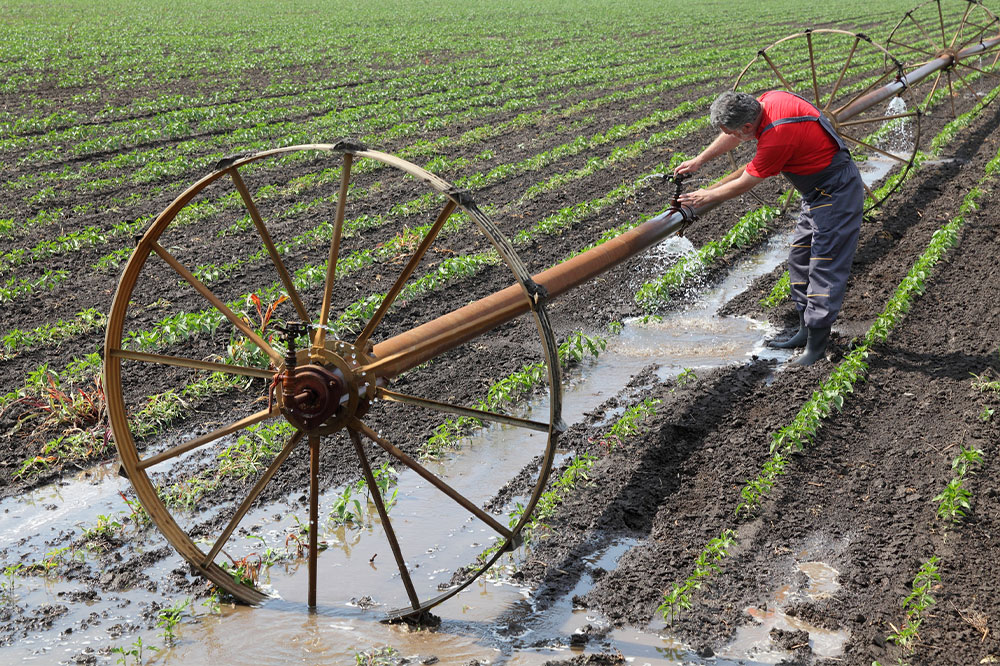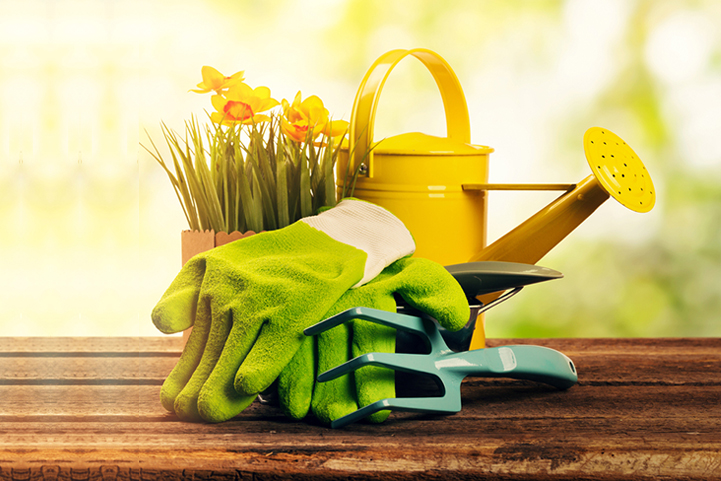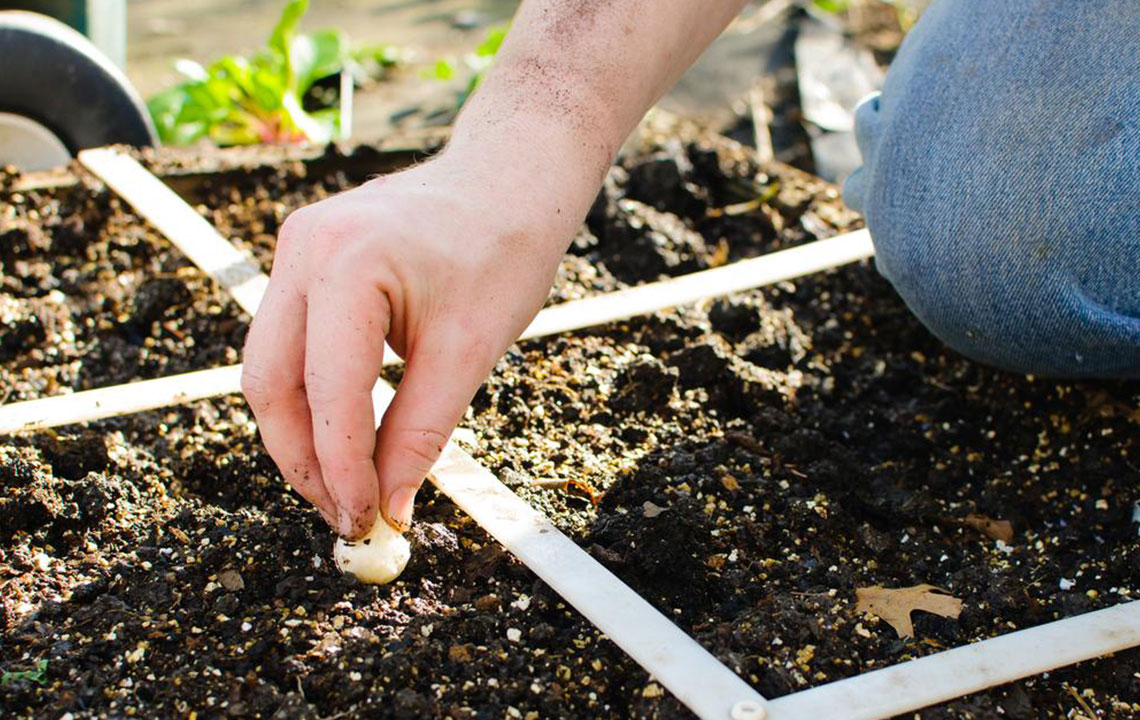Ultimate Guide to Garden Watering Techniques and Maintenance Strategies
Explore comprehensive watering techniques and maintenance tips for gardens. This guide covers various irrigation systems, installation advice, and repair strategies to keep your garden lush and healthy. Learn how to optimize water use, troubleshoot common issues, and ensure your irrigation setup functions smoothly all year round.

Ultimate Guide to Garden Watering Techniques and Maintenance Strategies
Effective watering is vital for lush lawns and vibrant gardens. Whether relying on rainfall or implementing irrigation systems, controlled watering promotes healthy plant development. This article reviews various irrigation options and offers practical tips for installation and maintenance to ensure maximum efficiency.
What are the different irrigation methods?
Different landscapes require specific watering techniques. Below are the most prevalent systems used across the country:
Surface irrigation
Water moves across the soil surface via channels, basins, or furrows, relying on gravity rather than machinery. Basins work well for fruit-bearing trees, while furrows suit row crops.
Localized watering techniques
Water is delivered directly to individual plants through piping systems, usually using low pressure, with three main types:
Drip irrigation: Provides water directly to roots, reducing evaporation and runoff.
Micro-sprinkler system: Uses overhead sprinklers to spray water near plants or trees.
Bubbler irrigation: Channels water into small basins around trees through streams, enabling targeted hydration.
Center pivot irrigation
In flat areas, a circular sprinkler system on wheeled towers rotates to water large sections efficiently.
Lateral move irrigation
This system uses pipes mounted on wheels with sprinklers, moving sideways across fields. It's cost-effective but may require manual repositioning.
Sub-irrigation
Ideal for regions with high water tables, this method raises underground water levels through pumping stations, canals, and drainage systems.
Manual watering
The simplest and most affordable approach, involving watering cans or hoses, perfect for delicate plants.
Installation tips for irrigation systems:
Proper setup is critical, especially for larger lawns in hot weather. Keep these considerations in mind:
Plan thoroughly
Segment your yard into zones and position sprinklers strategically to optimize water use year-round.
Handle sod carefully
Cut and remove the grass before digging; replace it afterward for a uniform lawn.
Place pipes accurately
Bury polyethylene pipes about ten inches deep, avoiding roots, and ensure joints are tight. Consult professionals if unsure.
Dig with care
Hand-dig near utilities to prevent damage; use boring tools for challenging spots like driveways.
Make precise cuts
Use a poly pipe cutter to obtain clean cuts, preventing debris from clogging the system.
Secure main lines
Clamp connections firmly to withstand high pressure and maintain system stability.
Utilize self-tapping fittings
Facilitate underground installation and speed up setup.
Smart controllers
Employ weather sensors to avoid overwatering, adjusting schedules based on sunlight and temperature readings.
In maintenance, regularly clean pipes to prevent blockages and shield components from corrosion and freezing.
Repair tips for irrigation systems:
Even well-maintained systems can develop issues like broken sprinkler heads, pressure drops, or leaks. Basic repairs may be DIY, but complex problems often require specialists. Skilled technicians can identify hidden faults, ensuring optimal operation.
Note:
Our guide shares practical insights across gardening categories. While research-backed and useful, it shouldn't replace professional advice. The website disclaims responsibility for any discrepancies or missing information that could benefit readers more.


